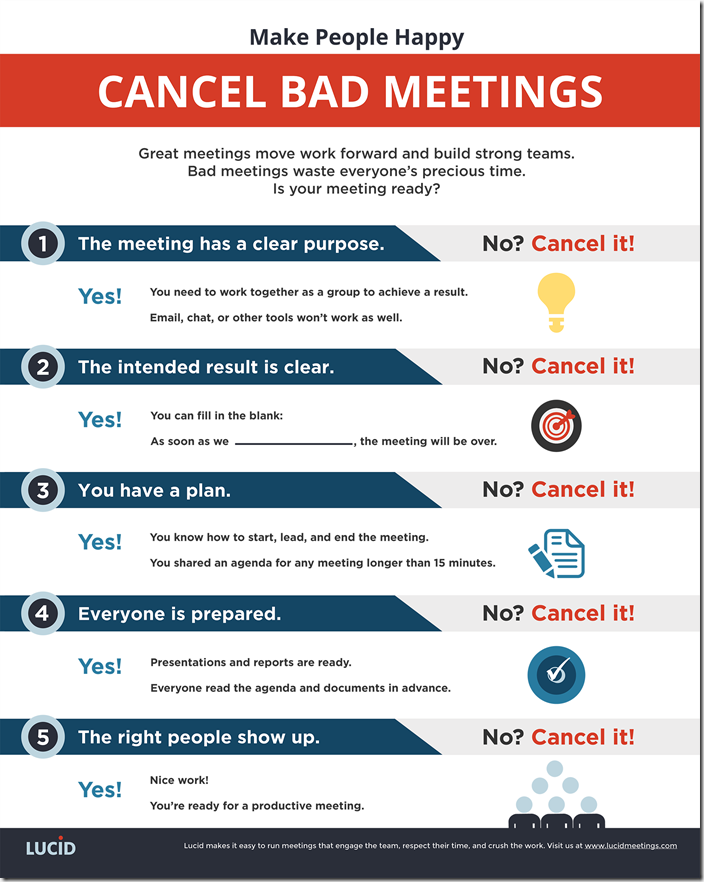Maximizing Efficiency and Minimizing Losses: The Importance of Understanding Costs in Lean Manufacturing
In today’s competitive business world, manufacturers always look for ways to improve their processes and increase efficiency. One of the key concepts in achieving this is understanding the various costs involved in manufacturing and how they can impact a company’s bottom line. This is where the principles of Lean Manufacturing come into play. Lean Manufacturing is a method that focuses on maximizing efficiency and minimizing waste in all aspects of manufacturing. This approach involves identifying…



